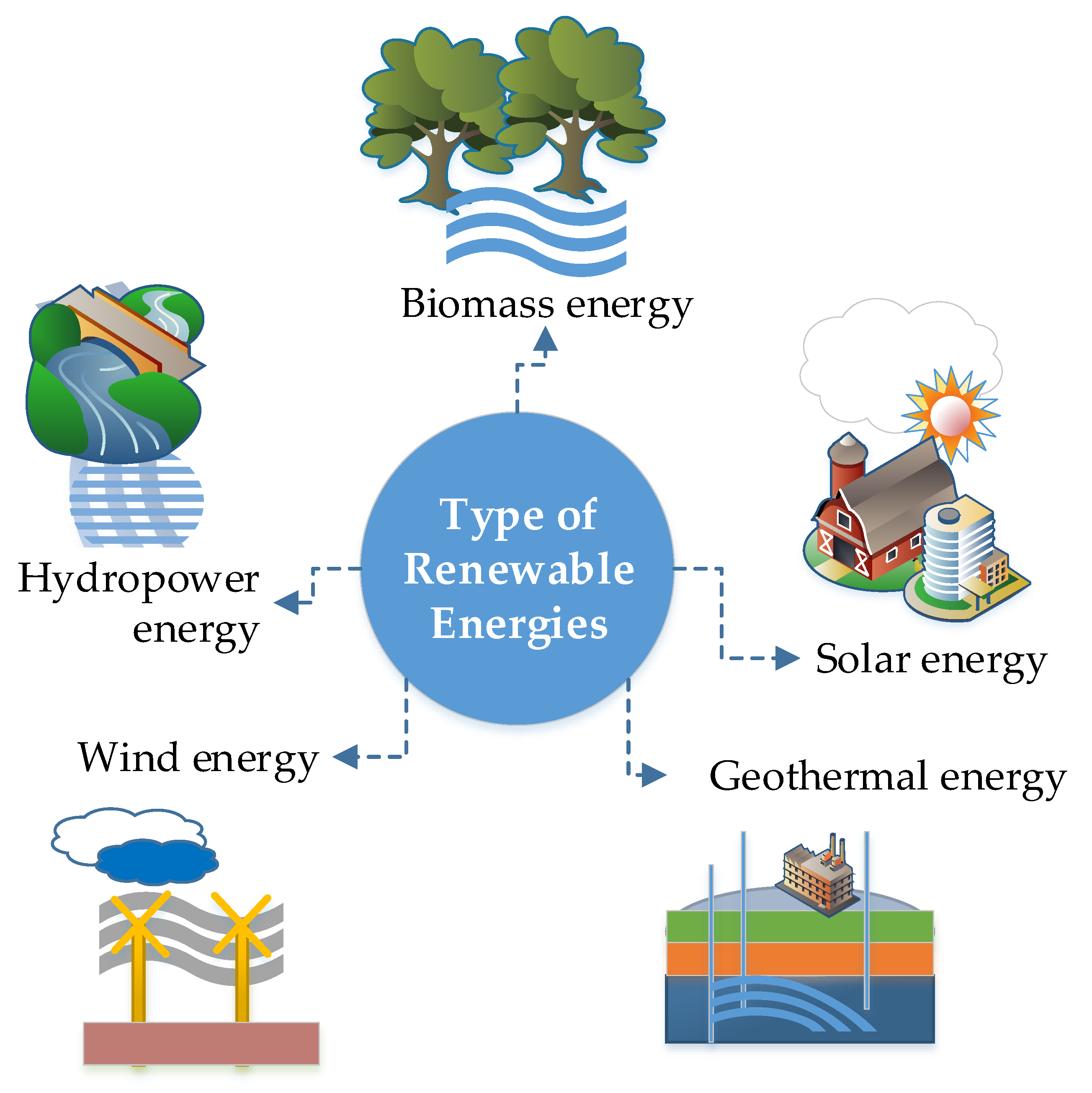Harnessing our Solar Power: The Future of Solar Energy
As society grapples with the planet's pressing concern of climate change and dwindling fossil fuel resources, the transition to sustainable energy has never been more important. Among the multiple forms of renewable energy, solar power stands out as a versatile and fast-developing technology. The potential to harness the sun’s generous energy is transforming the landscape of power generation, driving advancements that promise a sustainable and long-lasting future.
In this examination of solar energy, we will delve into how newly developed technologies are reshaping the energy sector. From the growth of floating solar farms to advancements in energy storage solutions, the future of clean energy is linked with solar technology. We will also examine how other sustainable sources, such as wind, hydropower, and geothermal energy, are enhancing solar power in the broader push toward a sustainable energy ecosystem. Join us as we reveal the key technologies and trends that are assuming a vital role in redefining how we generate and utilize energy for generations to come.
Innovative Photovoltaic Technologies
Photovoltaic energy is experiencing a transformative shift due to groundbreaking innovations that boost performance and availability. One notable innovation is the design of solar panels using perovskite-based materials, which have shown the capacity to surpass traditional silicon panels in efficiency and value. These materials are lightweight, versatile, and can be produced at a fraction of the cost of conventional technologies. As researchers continue to perfect their properties and improve their stability, perovskite solar cells are poised to disrupt the market.
Moreover, notable trend is the emergence of bifacial solar panels, which capture sunlight on both sides, boosting energy production. These panels can utilize not only direct sunlight but also bounced light from surrounding surfaces, leading to substantial increases in overall output. As they become more widely adopted, bifacial panels are likely to play a key role in solar farms, substantially improving the return on investment for solar energy projects.
Furthermore, the implementation of tracking systems that allow solar panels to follow the sun throughout the day is becoming progressively commonplace. These systems maximize energy capture by maintaining optimal angles, significantly enhancing overall efficiency. With commercial solar panels in costs and enhancements in technology that make tracking systems more effective, the future of solar energy looks promising than ever, setting the path for widespread adoption and greater reliance on renewable sources.

Emerging Sustainable Power Developments
The landscape of renewable energy is quickly transforming, with numerous new trends set to shape the field for decades to come. One of the most notable trends is the growth of offshore solar installations. These creative installations utilize bodies of water to carry solar panels, reducing land demand and lessening evaporation in zones prone to dryness. By harnessing solar energy over water, floating solar farms are not only improving energy production but also adding to environmental sustainability.
Another key development is the progress of battery storage technologies. As renewable energy alternatives like solar and wind become more and more prevalent, efficient storage mechanisms are essential to address the variable nature of these energy sources. Breakthroughs in battery technology are allowing larger capacity, faster charging, and extended lifespans. This development is key for incorporating renewable energy into everyday usage, as it permits for improved management of energy provision during busy and off-peak times.
AI is also having a substantial role in enhancing renewable energy networks. From proactive maintenance of wind turbines to instant analytics for energy use, AI is changing the performance of energy networks. Smart grids that utilize machine learning are improving energy transfer, minimizing waste, and leading to a more dependable power supply. These developments highlight the merging of technology and green energy, paving the way for a cleaner, greener future.
Global Impact of Clean Systems
The transition towards clean energy systems is revolutionizing industries around the globe. Countries focusing on solar, and other clean energy sources are witnessing significant reductions in carbon emissions, helping to the struggle against climate change. This transition not only helps in reducing the ecological footprint but also encourages job development in emerging green industries. As governments invest in renewable technology, they ignite innovation and empower local communities, creating a more resilient and long-lasting economic framework.
In addition to green benefits, clean energy systems play a crucial role in improving energy security. By diversifying energy sources and cutting dependency on fossil fuels, nations can more effectively insulate themselves from volatile energy markets and geopolitical tensions. The adoption of technologies such as advanced grids and energy holding solutions further enhances energy distribution, ensuring that renewable systems can be reliably integrated into the existing energy infrastructure. This development results in a more reliable supply of electricity, fostering growth and development opportunities.
Additionally, the adoption of renewable systems can close the energy supply gap in developing regions. With solutions like transportable energy devices and microgrids, communities traditionally reliant on non-renewable energy sources can move to sustainable alternatives. This not only enhances the quality of life for millions but also empowers communities economically and socially. As renewable energy technologies continue to progress and become more accessible, their ability to create widespread impact is vast, paving the way for a greener, long-lasting future for all.